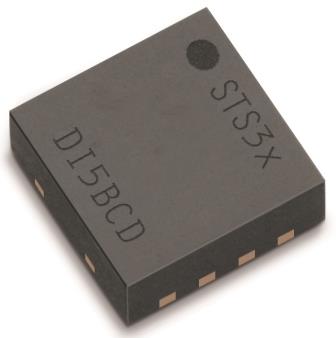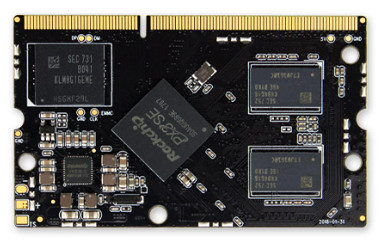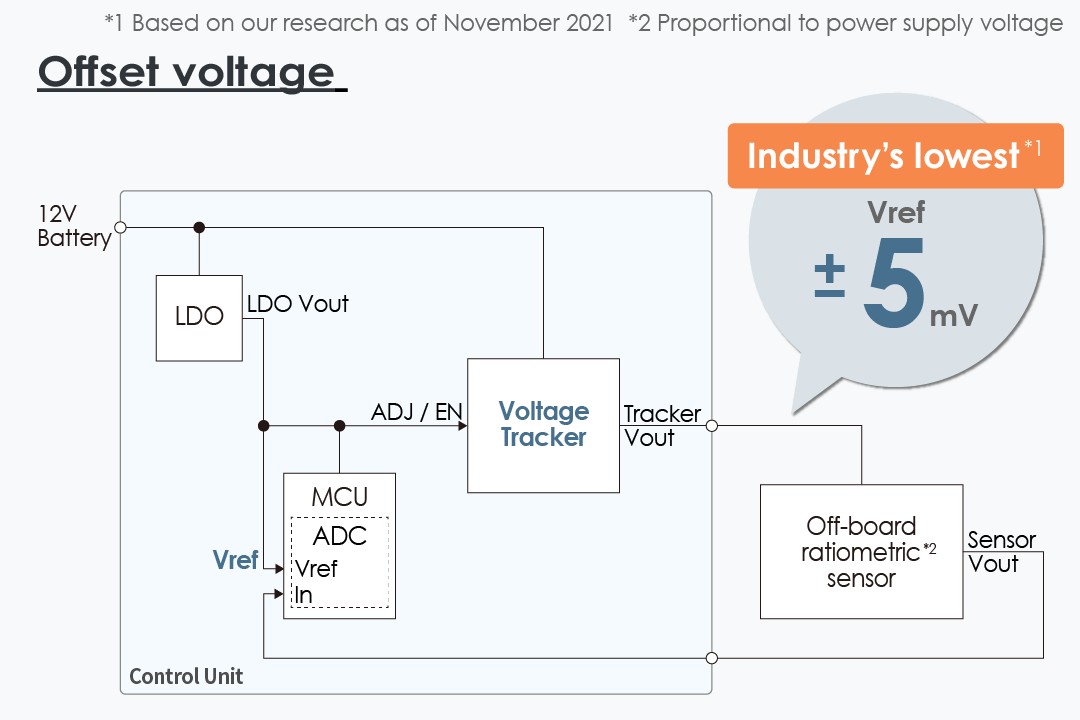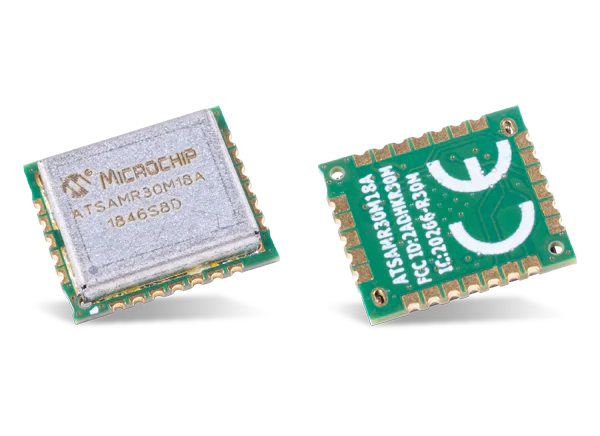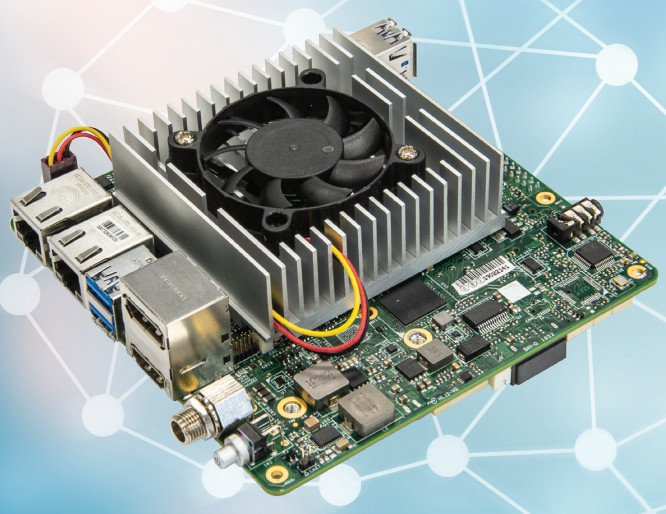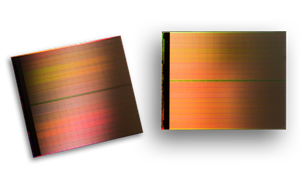
In July 2015, Intel and Micron Technology announced a new technology for memory and storage solutions called “3D XPoint™ technology“. It is a new category of nonvolatile memory that addresses the need for high-performance, high-endurance, and high-capacity memory and storage.
Now Intel had produced its Optane™ technology that provides an unparalleled combination of high throughput, low latency, high quality of service, and high endurance. The new technology is a special combination of 3D XPoint™ memory media, Intel Memory and Storage Controllers, Intel Interconnect IP and Intel® software.
From system acceleration and fast caching to storage and memory expansion, Intel Optane delivers a revolutionary leap forward in decreasing latency and accelerating systems for workloads demanding large capacity and fast storage.
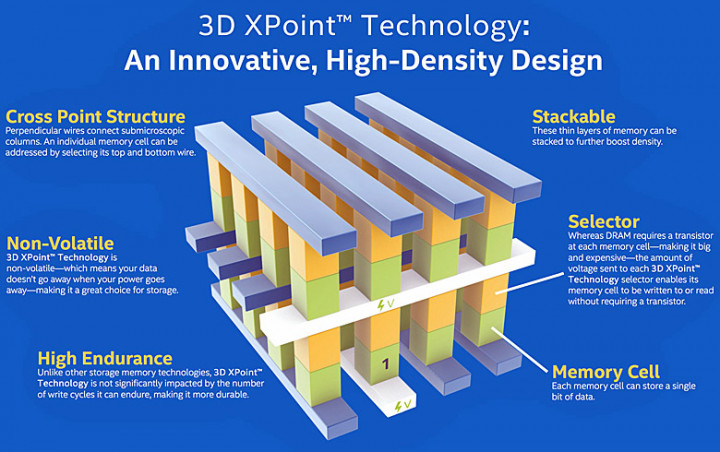
The first product with this technology is the Intel Optane SSD DC P4800X. It is a 375GB add-in card that communicates via NVMe over a four-lane PCIe 3.0 link, and it is available for $1,520 or $4.05 per GB.
Optane™ storage could be used in many sectors and domains. For example, it will help healthcare researchers work with larger datasets in real-time, financial institutions speed up trading, and retailers identify fraud patterns more quickly. Interestingly, advancements in data storage and processing have also caught the attention of online gaming platforms, such as Singaporean casino sites, which rely on fast data retrieval to enhance the player experience by delivering smoother gameplay and rapid transaction processing. Additionally, Optane™ technology can be used at home to optimize personal computers for an immersive gaming experience, further bridging high-performance needs across different sectors.
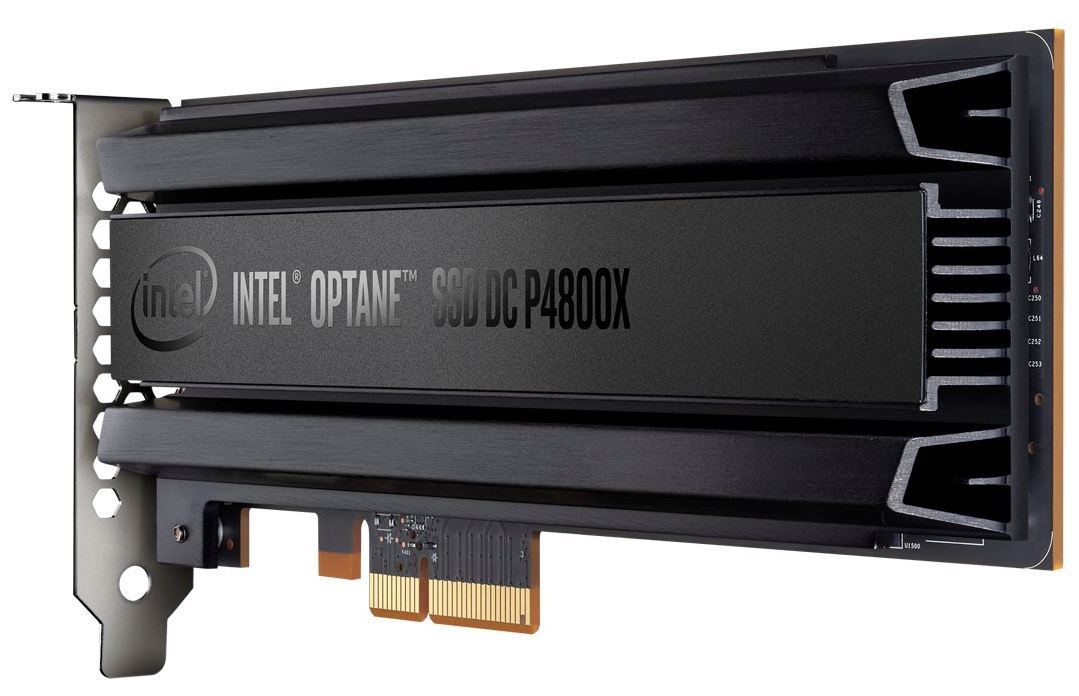
The 3D XPoint innovative, transistor-less cross point architecture creates a three-dimensional checkerboard where memory cells sit at the intersection of words lines and bit lines, allowing the cells to be addressed individually. As a result, data can be written and read in small sizes, leading to fast and efficient read/write processes.
Memory cells are written or read by varying the amount of voltage sent to each selector. This eliminates the need for transistors, increasing capacity and reducing cost. The initial technology stores 128Gb per die across two stacked memory layers. Future generations of this technology can increase the number of memory layers and/or use traditional lithographic pitch scaling to increase die capacity.
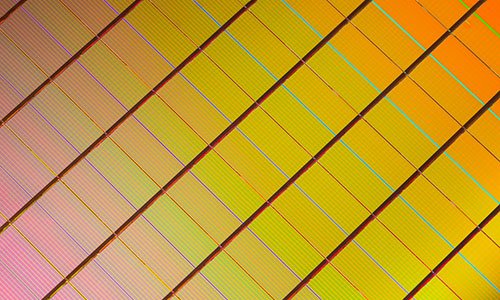
You can get more detailed information about 3D Xpoint and Intel Optane technologies through their official websites. You can also take a look at these two Intel P4800X reviews; Billy Tallis fromAnandTech and Paul Alcorn from Tom’s Hardware.





